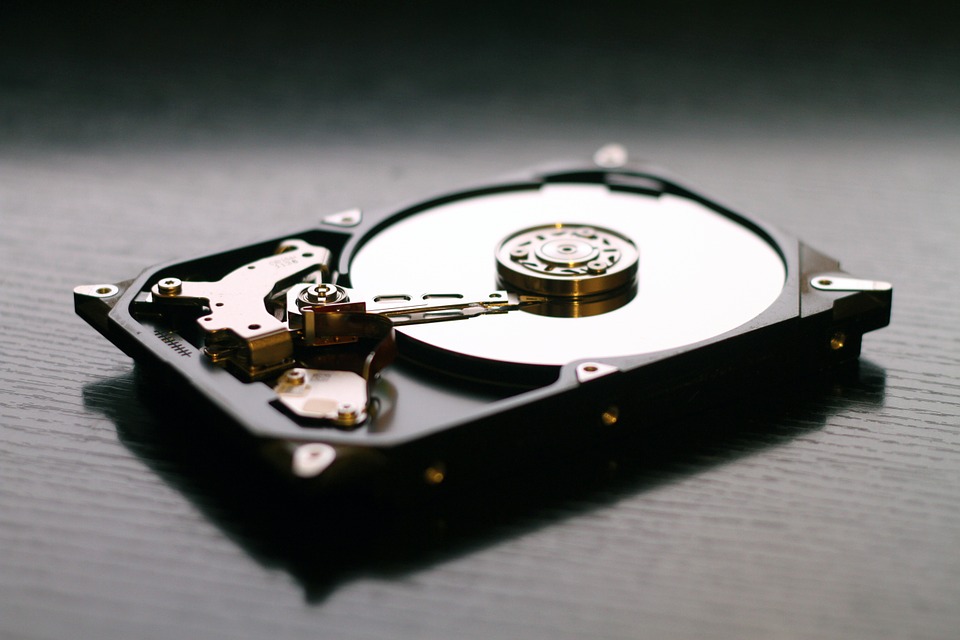There are so many data recovery programs out there, some of them better than others. But just how safe is data recovery software, and could it actually make matters worse?
The internet is awash with guides and tutorials on how to recover lost data from the comfort of your home. Using data recovery software is by far a much safer way to get your data back than attempting to undertake physical data recovery. But that doesn’t mean that data recovery software is without its risks. While there are plenty of great data recovery programs out there, you should definitely exercise caution. There are two main risks when using data recovery software. Firstly, you could end up overwriting the very data you’re trying to recover when you install the data recovery software. Secondly, if your hard drive has suffered from a physical fault, then running data recovery software can risk further damage.
Let’s deal with the issue of data recovery software overwriting your data first. When data is deleted from a hard disk drive, it isn’t actually deleted in the way you might think. When a file is deleted, all you’re actually doing is removing the master file table reference, which is essentially a map to where the actual data – stored as a series of 0s and 1s – is stored. As long as new data isn’t written to the same part of the drive, data recovery software should be able to retrieve your data. But if data is written to this part of the drive – now marked as free space by the operating system – then data recovery will be impossible. In addition to the installation of data recovery software, there are other ways your data could be overwritten. When your machine is in use, your operating system is constantly writing data, including driver updates, cookies, OS updates. The longer your drive has been in use after your data has been deleted, the greater the chance of it being impossible to recover. There are two solutions to this. You can make sure that you have data recovery software installed right now, in case of emergencies – that way, when you need to use it, there’s no risk of it overwriting the data you wish to recover. You can also install some data recovery software on a removable disk like a USB flash drive.
The second main risk with using data recovery software is that it can potentially make a physical fault even worse, potentially rendering your data unrecoverable. A head crash, caused by a hard disk drive’s read/write heads coming into contact with the magnetic platters, will cause damage that data recovery software will be unable to repair. If you attempt to run data recovery software after a head crash, you’ll only make it harder for a professional data recovery specialist to recover your data further down the line. In the event of a head crash, your drive should be immediately powered down.
In short – be careful when using data recovery software. You should ensure that you have a program already installed on your machine in case of emergencies, or install one to a USB flash drive. Installing data recovery to your hard drive after your data has been lost will only risk it being overwritten. If your hard drive has suffered a physical fault like a head crash – stay away from data recovery software and consult a data recovery specialist.
